
We kindly inform you that, as long as the subject affiliation of our 300.000+ articles is in progress, you might get unsufficient or no results on your third level or second level search. In this case, please broaden your search criteria.



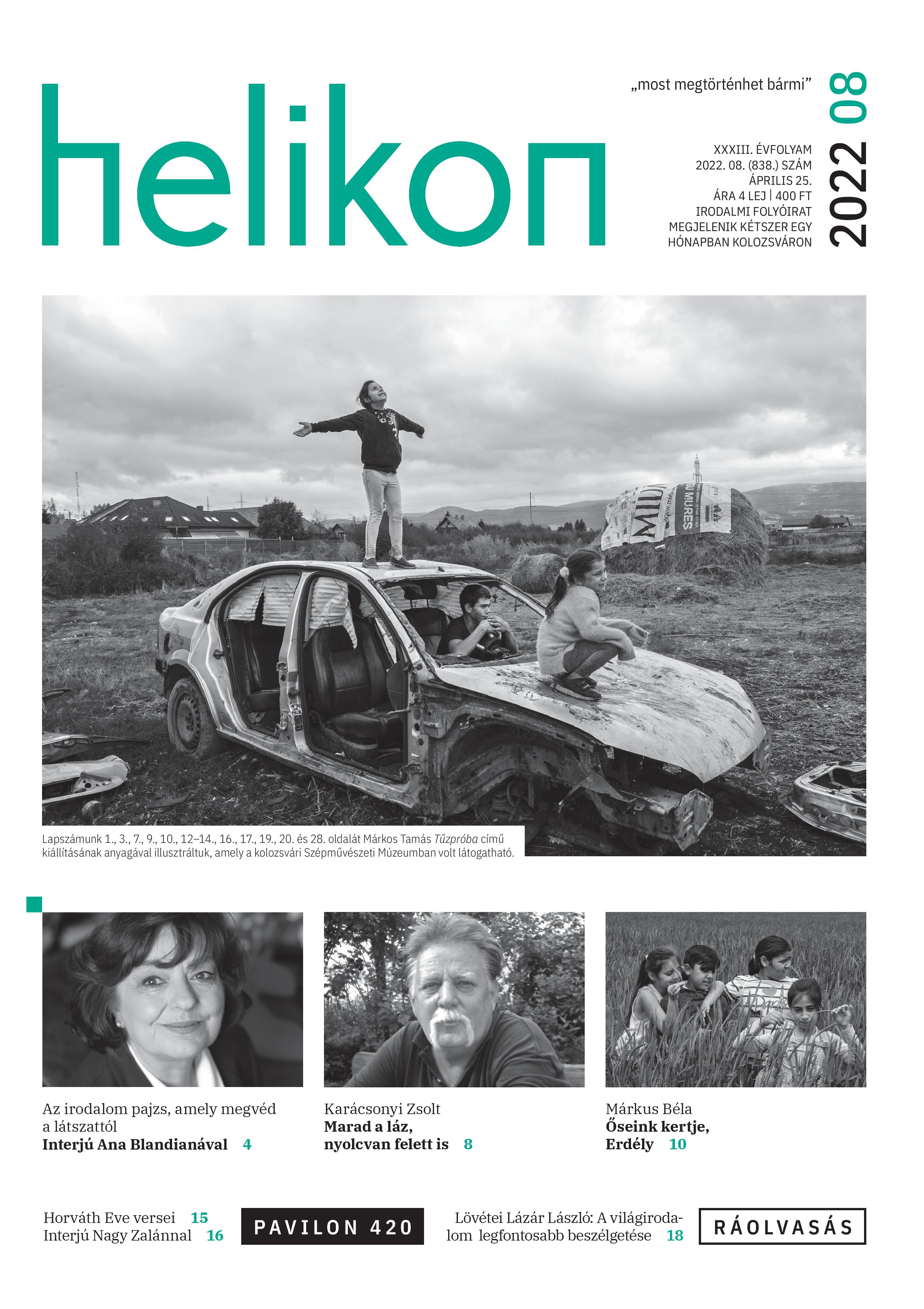

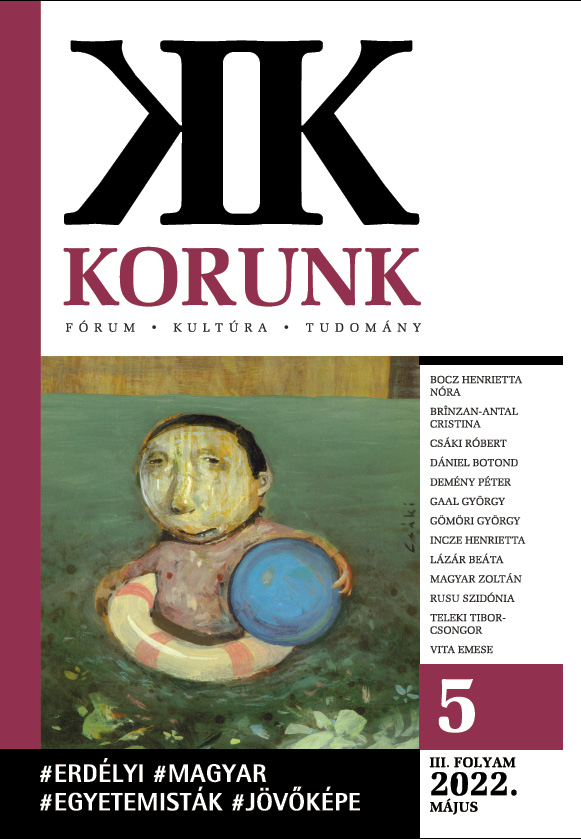
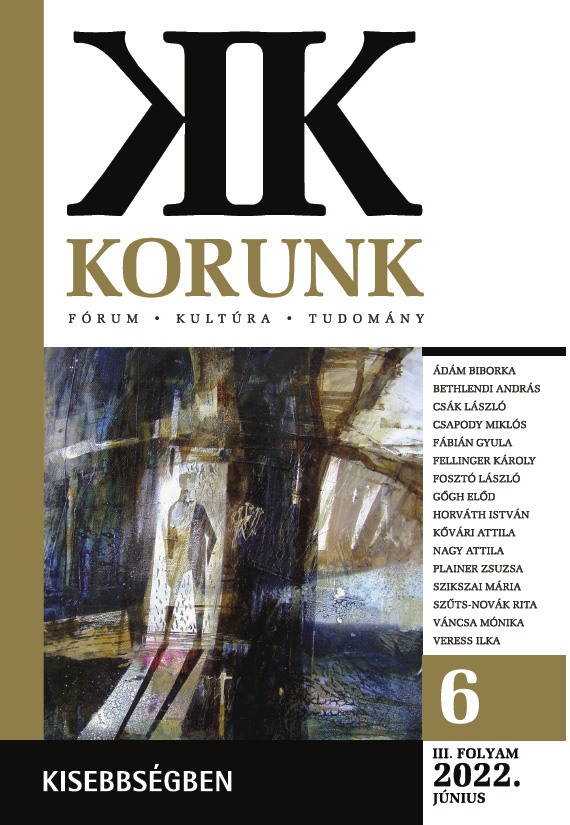
The populist movement, the most important Hungarian current of ideas of the first half of the 20th century, was the search for an ideological path of the intellectuals of Hungary regaining its statehood (the majority), while Transylvanism was invented by their counterparts in Transylvania who were in a subordinate position after the loss of their own state framework. It was not the “centre” of the motherland that spread the popular ideology to the Hungarian “peripheries” beyond its borders, but vice versa. Regionalism could become Transylvanism because it followed the old Transylvanian tradition of “tolerance and fairness”. While the right-wing and left-wing populists, plebeians, bourgeois radicals, liberals and neo-catholic conservatives who opposed the conservative power elite in Hungary wanted to modernise the country, the ideology of the early Transylvanian ideologues coincided almost entirely with the worldview of Endre Ady. This paper presents a sketchy comparative typology of the two schools of thought (ideology, institutions, social base, politics, and generations).
More...
Cseke Péter: Beckett Erdélybe jön. Páskándi Géza második alkotói korszaka. 1963–1973. Polis Könyvkiadó, Kvár, 2021.
More...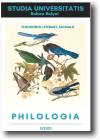
Nature-Transcendence and Self-Nature Relations in Sándor Weöres’s Poems. In Sándor Weöres’s poems flora and fauna are not only a decoration, serving as an allegorical/metaphorical background for the representation of the self’s alienation and for the 20th century experience of a chaotic universe, but rather the reality of beings independent of subjective consciousness. This reality carries the already forgotten mysteries of the created world, and it definitely points towards a transcendent meaning, an ultimate goal. This paper examines how the specific relationship between self and nature can be associated with the peculiar worldview and the transcendental experiences of Weöres’s poetry.
More...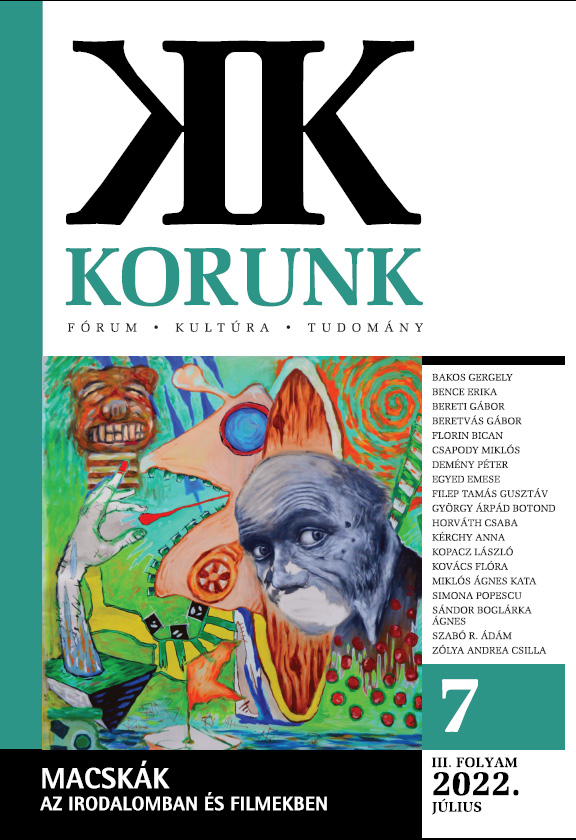
László Beöthy's novel Goldbach & Comp’s Spice Shop "To the Blue Cat", published in 1858, can be seen according to traditional literary history, a paradigmatic 19th century novel, read according to its mixed genre lines, in the circle of attraction between Sue's romantic vision and Dickensian realism, and as a consequence, in the ‘second line’ of the development of the Hungarian novel. However, in the light of current research, these relations are much more extensive and complex. Beöthy’s novel is not only not a piece of second-rate literature, but also plays an important genre-creating role in the given historical-context: it represents one of the first versions of the Hungarian crime story. The paper also discusses the historical antecedents of the genre both in world literature and Hungarian literature, offering details about which detective novels and criminal stories of the late 20th century and the present are based on the tradition created by Beöthy. As an important part of the research, the paper also raises the issue of the contemporary relevance of teaching the so-called popular register.
More...
The article is following and parodying the tradition of the academic prose at the same time. Based on some of the most well-known Hungarian writers (e. g. István Örkény, György Spiró, Péter Hajnóczy, György Konrád, László Krasznahorkai, Péter Esterházy, Krisztina Tóth) the author intends to demonstrate that the topos of the cat changed in 20th century Hungarian literature in two ways. First , as a symbol it has become able to carry the connotations of a being deprived of freedom from the second half of the last century until nowadays. Second, the cat’s representation and the master narratives’ crises in the literary texts have been linked: the inscrutability, most typical characteristic of the cat has been combined with the adequate way of reading in the aforementioned literary texts.
More...
Published in 2020, Imola Julianna Szabó's volume Rókamók és Círmacs is both a reminder of the well-known cat heroes of classic children's literature and a reading and reinterpretation of the colourful and refreshing features of popular cat characters in contemporary literature. The depiction of cats in these children's literature books is often characterised by anthropomorphisation, as an interpretation of the cat's relationship with humans and other animals. The world of Imola Julianna Szabó's books takes us out of the confines of the noisy streets of busy cities, teaching us to linger over events, thoughts, questions spoken and unspoken, and also over answers. They teach us about patience. The language games take us into another vibrant, lively world where "something was always happening, something that was meant to happen". These little details will undoubtedly give the reader and/or the children listening to the story an unforgettable experience. Behind the humorous twists and turns, there is always some deeper thought-provoking insight, because of the ability to linger, to live in the moment, to reflect on the things of the world, as this book also points out how important it is to learn to notice the little things and events in the world. At the same time, the little twists, turns and surprises that shape these stories not only bring us out of our stillness, but also make us smile and help us to notice new things to ponder about.
More...
A "man of letters" with more than a hundred volumes, he is a prominent figure in contemporary Hungarian literature. We find the author's poetical self-description and the half-hearted formulations of the justifications for the awards to be equally correct if we take a closer look at the work of László Tóth, Hungarian poet, writer, literary translator, dramaturg and playwright, essayist, literary and cultural historian, author of literary discussion books, newspaper editor, publisher.
More...
The author, an expert of 20th century history, discusses the figure of Gizella Hervay, a major Hungarian poet who emigrated from Romania to Hungary in the late 1970s. The article reconstructs Hervay’s figure through personal memories and contacts, reflecting on the historical contexts of the epoch.
More...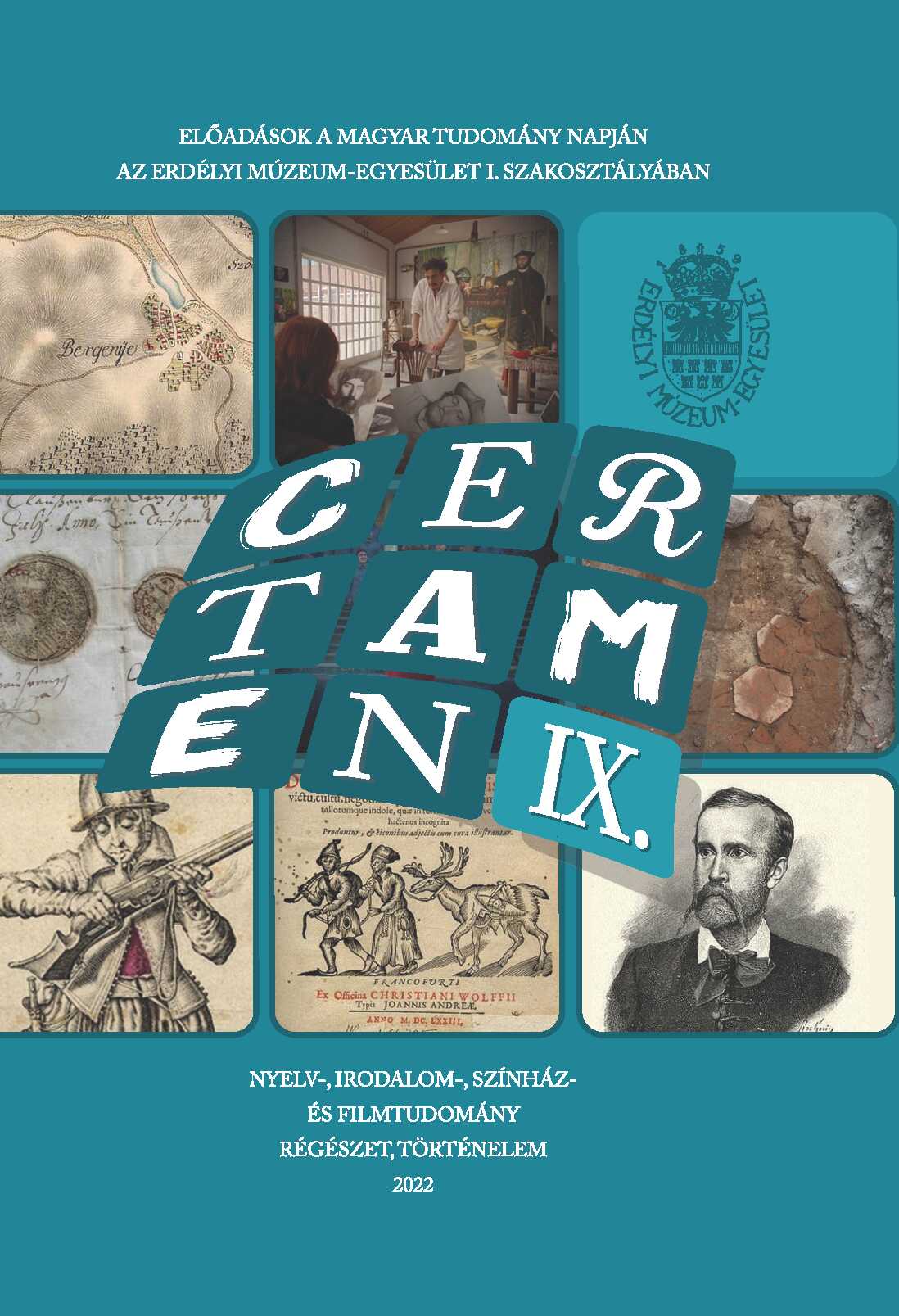
In the famous collection of documents created by the scientist István Kaprinai there is a short poem, which seems to be a pasquillus about Prince Gabriel Báthory. The poem with a satirical accent includes also a distich that is at the border of obscenity. Our paper tries to unravel the various enigmatic elements related to the text and to its author.
More...
András Illyés (1639–1712) published his Hungarian language compendium of legends in five parts/volumes between 1682–1683, on the title page referring mainly to „notable authors, in particular Alonso Villegas” as sources. The compendium contains among others the biographies of the Hungarian kings of the Árpád dynasty (Stephen, Emeric, Ladislaus), but as Illyés had worked on his compendium while studying in Rome, he used Italian sources even in the case of the Hungarian protagonists: the hagiograpical compendium of the Jesuit Pietro Maffei (Vite de XVII confessori di Christo) and the mirror for princes by Ranuccio Pico (Specchio de’ prencipi ouero vite de prencipi santi, Oue si leggono Varij essempli, et osseruationi Spirituali, Morali, et Politiche). Illyés also presents the biography of the Jagellon prince Saint Casimir naming him a Hungarian elected king according to Pico. The study intends to analyze the methods of metaphrasis used by Illyés represented by the concept of the volumes following a typology of saints instead of calendar order. It focuses on Maffei’s and Pico’s works in their primary contexts, meanwhile examining the functional changes that occur due to their insertion into the Hungarian legendary, namely the sacralisation of historical interest.
More...
The present study examines the process described in academic literature as the concept of myth-busting in the literary works of two contemporary German authors, Herta Müller, a native of Banat and Esther Kinsky, a Berlin-born author who lived in London for a long time. The first part of the study aims at a theoretical clarification of the concepts of regional literature and German literature in Romania, as well as at exploring the difficulties of definition, by reviewing the relevant academic literature on the topic. The relationship between Herta Müller’s literary activity and German literature in Romania will be interpreted based on theoretical hypotheses. Herta Müller’s texts are considered by most analysts to be a response to the social context and literary tradition of Romania/Banat, the essence of which is, on the one hand, a conflict with the traditions and values of the German community in Banat and, on the other hand, a confrontation with the framework of homeland literature which is deemed narrow. Esther Kinsky, though, in a sense, a continuer of the tradition of travelogue writing that began to flourish in the 18th century, did not learn about Banat from books, but lived in the region for a longer period of time, and thus experienced the atmosphere of the region firsthand. In Esther Kinsky’s book experiencing foreignness is central. Travelling the area itself, and at the same time shaping it, is not governed by prior knowledge and understanding, the traveler is not led by guidebooks or literary works, but only by clues, the epitaphs of the Jewish cemetery in Arad or the German cemetery in Gottlob, which indicate some kind of hiatus in the mostly Serbian, Hungarian, Romanian and Gypsy present, a break in the past-present continuum.
More...
Gömöri György: Elvándorlók és elvágyódók. Esszék, tanulmányok. Savaria University Press, Szombathely, 2021.
More...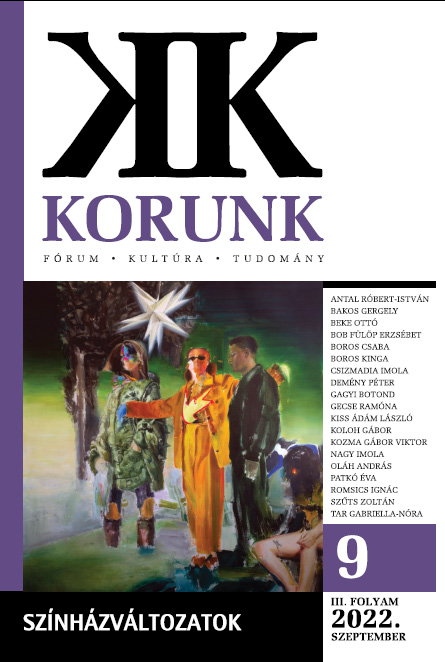
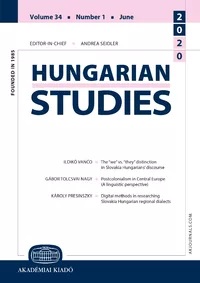
Ferenc Barnás 1997 The Parasite. The eschatology of physicality [Az élősködő. A testiség eszkhatológiája] Pozsony: Kalligram.
More...